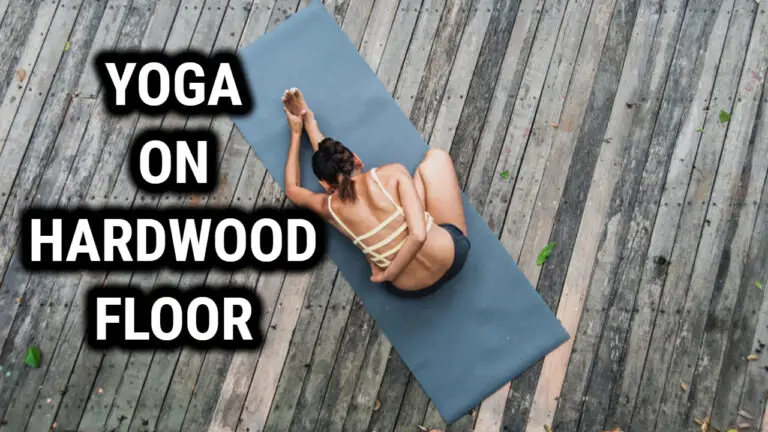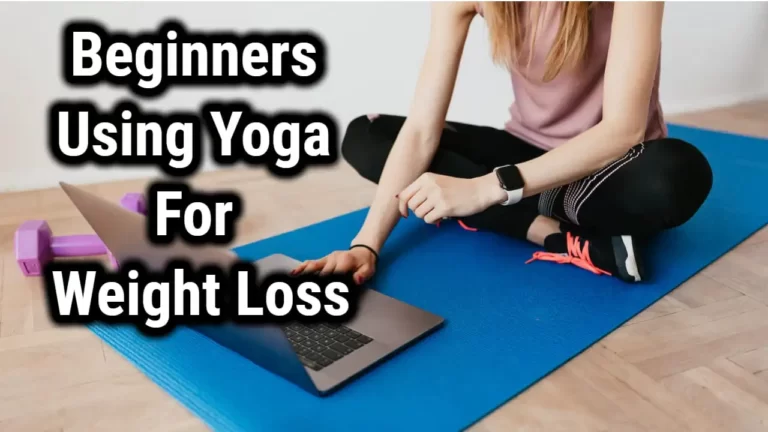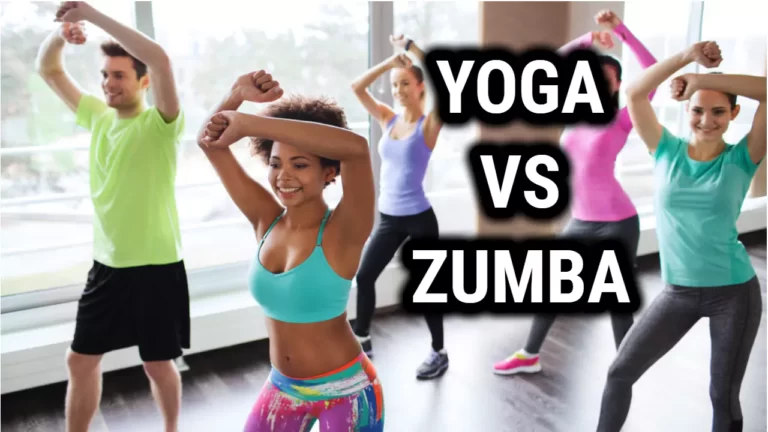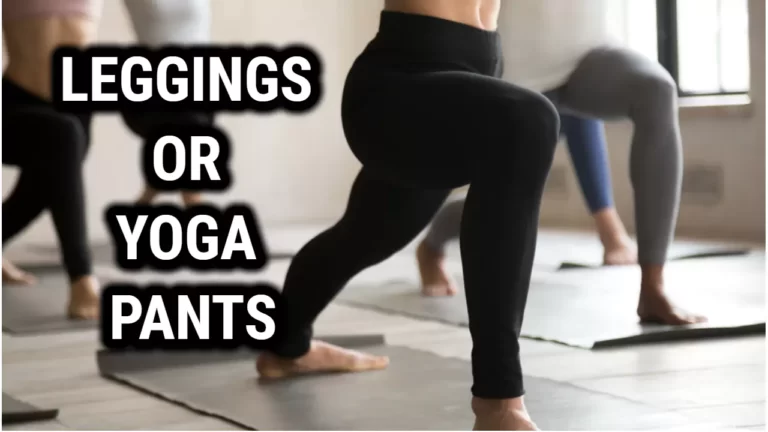Mastering the Legs Behind Head Yoga Pose: Tips and Benefits

Legs Behind Head Yoga Pose, also known as Eka Pada Sirsasana, is a challenging asana that requires a great deal of flexibility, strength, and balance. This pose is often considered an advanced yoga posture and should only be attempted by experienced practitioners. The pose involves placing one leg behind the head while the other leg remains extended in front of the body.
Legs Behind Head Yoga Pose is an intense hip opener that can provide a deep stretch to the hips, hamstrings, and lower back. The pose also requires a great deal of focus and concentration to maintain balance and stability. Practicing this pose regularly can help improve overall flexibility and balance, as well as increase strength in the legs and core.
It is important for practitioners to approach Legs Behind Head Yoga Pose with caution and to only attempt the pose when they feel comfortable and confident in their abilities. Modifications and variations of the pose can be made to make it more accessible for beginners or those with limited flexibility. As with any yoga practice, it is important to listen to the body and not push beyond one’s limits.
Benefits of Legs Behind Head Yoga Pose
Legs Behind Head Yoga Pose, also known as Eka Pada Sirsasana, is a challenging pose that requires flexibility and strength. Although it may seem intimidating, this pose offers numerous benefits for the body and mind. Here are some of the benefits of Legs Behind Head Yoga Pose:
- Improves flexibility: This pose stretches the hips, back, and hamstrings, which can help to increase flexibility and range of motion in these areas.
- Strengthens the core: Holding the pose requires engagement of the core muscles, which can help to strengthen the abdominal muscles.
- Relieves stress: Practicing this pose can help to release tension in the body and promote relaxation, which can help to reduce stress and anxiety.
- Improves posture: This pose can help to improve posture by stretching the spine and opening up the chest.
- Enhances focus: Holding this pose requires concentration and focus, which can help to improve mental clarity and focus.
It is important to note that this pose should only be practiced under the guidance of a qualified yoga instructor, as it can be difficult and potentially harmful if not done correctly. Additionally, individuals with certain health conditions, such as back or neck injuries, should avoid this pose altogether.
Overall, Legs Behind Head Yoga Pose is a challenging yet rewarding pose that offers numerous benefits for the body and mind. With proper guidance and practice, individuals can safely incorporate this pose into their yoga practice and experience its many benefits.
Preparation for Legs Behind Head Yoga Pose
Before attempting the Legs Behind Head Yoga Pose, it is important to prepare the body with warm-up and stretching exercises. This will help prevent injuries and make it easier to get into the pose. Here are some exercises to try:
Warm-up exercises
Start with some gentle warm-up exercises to get the blood flowing and loosen up the muscles. Here are a few examples:
- Child’s pose
- Downward-facing dog
- Mountain pose
- Seated forward bend
Stretching exercises
Once you have warmed up, it’s time to start stretching the muscles that will be used in the Legs Behind Head Yoga Pose. Here are some stretching exercises to try:
| Exercise | Description |
|---|---|
| Pigeon pose | Start in a low lunge position with your right foot forward. Bring your left knee to the ground and slide your right foot back towards your left hip. Keep your right knee pointing towards the ground and hold the pose for 30 seconds. Repeat on the other side. |
| Butterfly pose | Sit on the floor with the soles of your feet touching. Hold onto your feet and gently pull them towards your body. Use your elbows to press your knees towards the ground. Hold the pose for 30 seconds. |
| Seated forward bend | Sit on the floor with your legs straight out in front of you. Reach forward and grab your feet. Slowly bend forward and try to touch your forehead to your knees. Hold the pose for 30 seconds. |
By incorporating these warm-up and stretching exercises into your yoga routine, you will be better prepared to attempt the Legs Behind Head Yoga Pose. Remember to take your time and listen to your body. If you feel any pain or discomfort, stop immediately and seek guidance from a qualified yoga instructor.
Steps to Perform Legs Behind Head Yoga Pose
Legs Behind Head Yoga Pose, also known as Yoga Nidrasana, is an advanced yoga pose that requires a lot of flexibility and practice to achieve. Here are the steps to perform this pose:
- Begin by sitting on the floor with your legs stretched out in front of you.
- Bend your right knee and bring your foot towards your hip.
- Place your right foot behind your left shoulder and bring your left foot towards your right hip.
- Slowly lower your head towards your feet and try to place your chin on the floor.
- Hold the pose for a few breaths and then release.
It is important to remember that this pose requires a lot of flexibility in the hips, hamstrings, and lower back. It is recommended to warm up with some preparatory poses before attempting this pose. Here are some preparatory poses:
- Butterfly Pose
- Half Pigeon Pose
- Seated Forward Bend
It is also important to listen to your body and not force yourself into the pose. If you feel any pain or discomfort, come out of the pose and try again another time. With practice and patience, you can gradually work towards achieving this pose.
Tips for Practicing Legs Behind Head Yoga Pose
Legs Behind Head Yoga Pose, also known as Yoga Nidrasana, is an advanced yoga pose that requires flexibility and strength. Here are some tips to help you practice this pose safely and effectively:
- Warm up properly: Before attempting this pose, make sure to warm up your body with some gentle stretches and yoga postures. Focus on stretching your hips, hamstrings, and lower back.
- Use props: If you are not able to bring your legs all the way behind your head, use props such as blankets or blocks to support your hips and head. This will help you gradually work towards the full expression of the pose.
- Breathe deeply: As you move into the pose, focus on your breath. Take slow, deep breaths to help calm your mind and relax your body.
- Engage your core: To maintain your balance and stability in the pose, engage your core muscles. This will also help protect your lower back.
- Don’t force it: If you feel any pain or discomfort in the pose, come out of it immediately. Listen to your body and only go as far as feels comfortable for you.
With consistent practice and patience, you can gradually increase your flexibility and strength to eventually achieve the full expression of Legs Behind Head Yoga Pose. Remember to always approach this pose with caution and respect for your body.
Precautions and Contraindications
Legs Behind Head Yoga Pose, also known as Eka Pada Sirsasana, is an advanced yoga pose that requires a great deal of flexibility, stability, and strength to achieve. While this pose may seem impressive, it’s important to take precautions and be aware of contraindications before attempting it.
Individuals who have a history of hip or knee injuries, as well as those with tight hips or hamstrings, should approach this pose with caution. Additionally, those who have recently undergone surgery on their neck, spine, shoulders, or legs should avoid this pose altogether.
It’s also important to avoid forcing the legs into position, as this can lead to injury. Practitioners should work on gradually increasing their flexibility over time, using modifications and props as needed to support the body.
Here are some additional precautions and contraindications to keep in mind:
- Avoid practicing this pose if you have any current injuries or medical conditions that may be exacerbated by the pose.
- Do not attempt this pose if you are pregnant or menstruating.
- Always warm up before attempting this pose, and do not push yourself beyond your limits.
- If you experience any pain or discomfort while practicing this pose, stop immediately and speak with a qualified yoga instructor or healthcare provider.
With patience and dedication, you can work towards achieving Legs Behind Head Pose in a safe and sustainable way.
Conclusion
It’s amazing what the human body is capable of. With consistent practice, the legs behind head yoga pose can be a great way to improve flexibility and strength in the body. It’s not an asana that everyone can do right away, but with patience and dedication, it can become part of your regular practice. Every time I am able to get into this pose, I feel incredibly proud of myself and amazed at my body’s capability.
This pose isn’t for everyone, but if you’re looking to challenge yourself and increase your range of motion, then give it a try! Start slow and focus on proper alignment so you don’t injure yourself or strain your muscles unnecessarily. Don’t forget to give yourself grace and patience along the way – you won’t master this pose overnight.
So take some time to explore the legs behind head yoga pose with caution and care. With some dedication, you may surprise yourself with what you can achieve!





